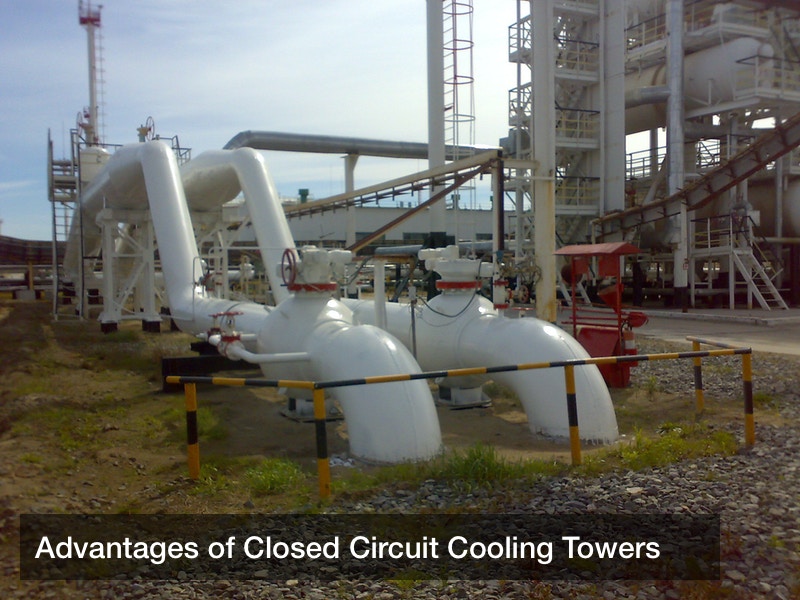Cooling Towers–what’s their use?


Did you know there is more than one type of cooling tower? Well there is! Just a few examples would be an air cooling tower, water cooling tower, wet cooling tower, and even a dry cooling tower. Now that you are overwhelmed by the the various types of cooling towers, what is their purpose? A cooling towered can be used by the evaporation of water in order to remove process heat and therefore cool the fluid that is near the wet-bulb to get to air temperature. However, the cooling tower population is mainly made up of natural draft and induced draft cooling towers. Less power gets used in those types of cooling towers. You will find cooling towers near a lot of power plants and there is a reason for this. In that case, the large cooling towers are used to remove the heat that was absorbed in the cooling water systems that gets used by these power plants, and also by petrochemical plants, petroleum refineries, food processing plants, semi-conductor plants, natural gas processing plants, and other industries. So many big power plants need to use them in order to reduce the heat they are giving off into the atmosphere.
For example, a plant that produces 40,000 metric tons of crude oil is going to circulate about 80,000 cubic meters of water per hour into the cooling tower in order to balance the heat variance. There are also hybrid towers, fluid coolers and closed circuit, that pass the fluid through a tube bundle that is then sprayed and it is blown out by a fan induced draft to help the cooling process. Therefore, because of this action, this type of cooling is more closely related to a wet cooling tower that still holds the advantages of a dry cooler which protects the fluid from contamination and environmental exposure. This is why the type of cooling tower that is being used is very important.

